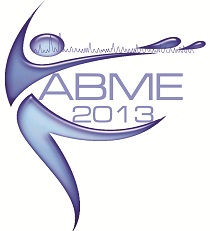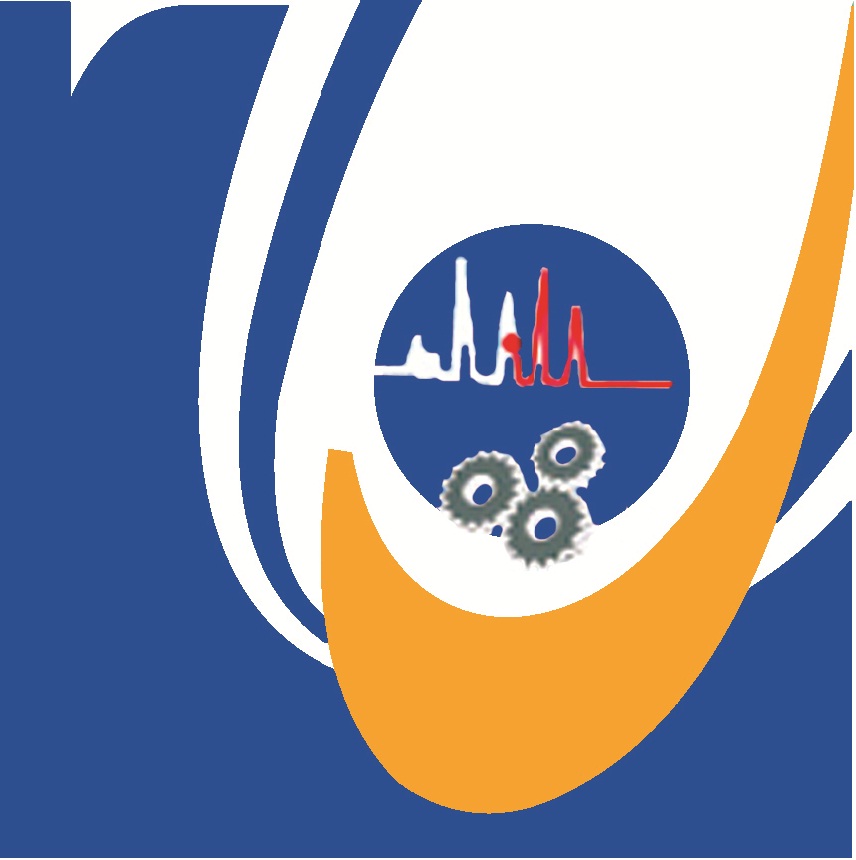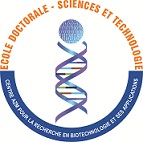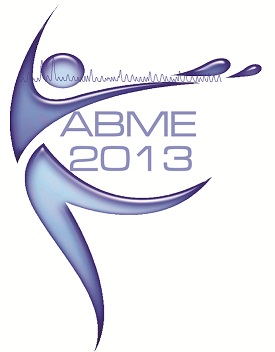- Home
Welcome !
The doctoral school of sciences and technology at Lebanese University supports various scientific research developments.
In this scope, the AZM center of research implemented in Tripoli is a multidisciplinary platform and many activities have been done to ensure development of new academic programs...

- Objective
Objective of this conference

The aim of this conference is to present the latest developments in biomedical sciences, bioinformatics and related topics.
This conference is an excellent opportunity to exchange scientific ideas with different partners in Lebanon and abroad and to
promote and to support the implementation of joint research and PhD projects.
First Day
September 11, 2013Second day
September 12, 2013GALA Dinner
September 12, 2013(soon)Last DAY
September 13, 2013(soon)- Partner Universities
- Lebanese University, LU, LB
- Saint Joseph University, USJ, LB
- Notre Dame University, NDU, LB
- Rafic Hariri University, RHU, LB
- Islamic Univ. of Lebanon,IUL, LB
- Saint Esprit of Kaslic Univ. USEK, LB
- More...
- Keynote speaker
Prof. Mohamad Sawan Canada Research Chair in Smart Medical Devices Polystim Neurotechnologies Laboratory Polytechnique Montreal, Canada
Prof. SAWAN
Metin Akay, Ph.D. Founding Chair, John S Dunn Endowed Chair Professor

Prof. AKAY
Professor for Bioinformatics at the University of Leipzig
Prof. STADLER- Modality and submission
Paper presentation and submission

The conference will consist of oral presentations of fifteen minutes with few plenary sessions. All submitted papers will be peer reviewed. Accepted papers will be published as a collective work in an electronic format and will be submitted for inclusion to IEEE Xplore
 Professor Amine NAIT-ALI was born in 1972, in Oran (Algeria).
Professor Amine NAIT-ALI was born in 1972, in Oran (Algeria).He received in 1994 the M.sc degree in Electrical Engineering (Ingénieur d’état en électronique), at the university USTO (Oran), then the DEA degree (Diplôme des Etudes Approfondies) in Signal Processing
and Automatic from the University Paris XI (1995), France. In 1998, he received the Ph.D. degree in Biosignal processing and the (Habilitation à Diriger des Recherches) (HDR) from the University Paris XII, in 2007.
He has been an Associate Professor and since 2009, he is a full Professor at the same university. His research interests are focused on biosignal processing, biometrics, optimization, modeling and medical signal and image compression. He has co-authored more than one hundred international peer-reviewed papers and edited and co-edited five books in the field of biometrics/biomedical (Springer, ISTE-Wiley and Hermes). He has organized and/or run several national, European and International workshops and served also as a reviewer for IEEE Transaction on Biomedical Engineering, EURASIP journal on advances in Signal Processing, Biomedical Signal Processing and Control et Digital Signal Processing. He is also a member of: IEEE, SFGBM, GDR ISIS and STIC-Santé. He is currently, the head of the first International Master program of Biometrics.
Seminar Title: “Biometrics for healthcare, security and forensics”
Abstract: Biometrics is known to be a discipline dealing with the extraction of physical or behavioural characteristics from human body. Thanks to digital data processing, biometrics can be effectively applied in numerous fields, such as: security, healthcare, forensics, etc. After a general introduction, the talk will be given in two parts devoted to some advanced applications and highlighting the capability of biometrics. From a specific point of view, the first part, considers the “Visible biometrics” within a context of healthcare. In the second part, we will consider some recent and advanced results of “Hidden biometrics” which deals with biomedical signals and images for the purpose of human identification, including forensics.

ICABME 2013 |
  |
 |








 Mohamad SAWAN
Mohamad SAWAN Metin AKAY
Metin AKAY Peter STADLER
Peter STADLER Amine NAIT ALI
Amine NAIT ALI


